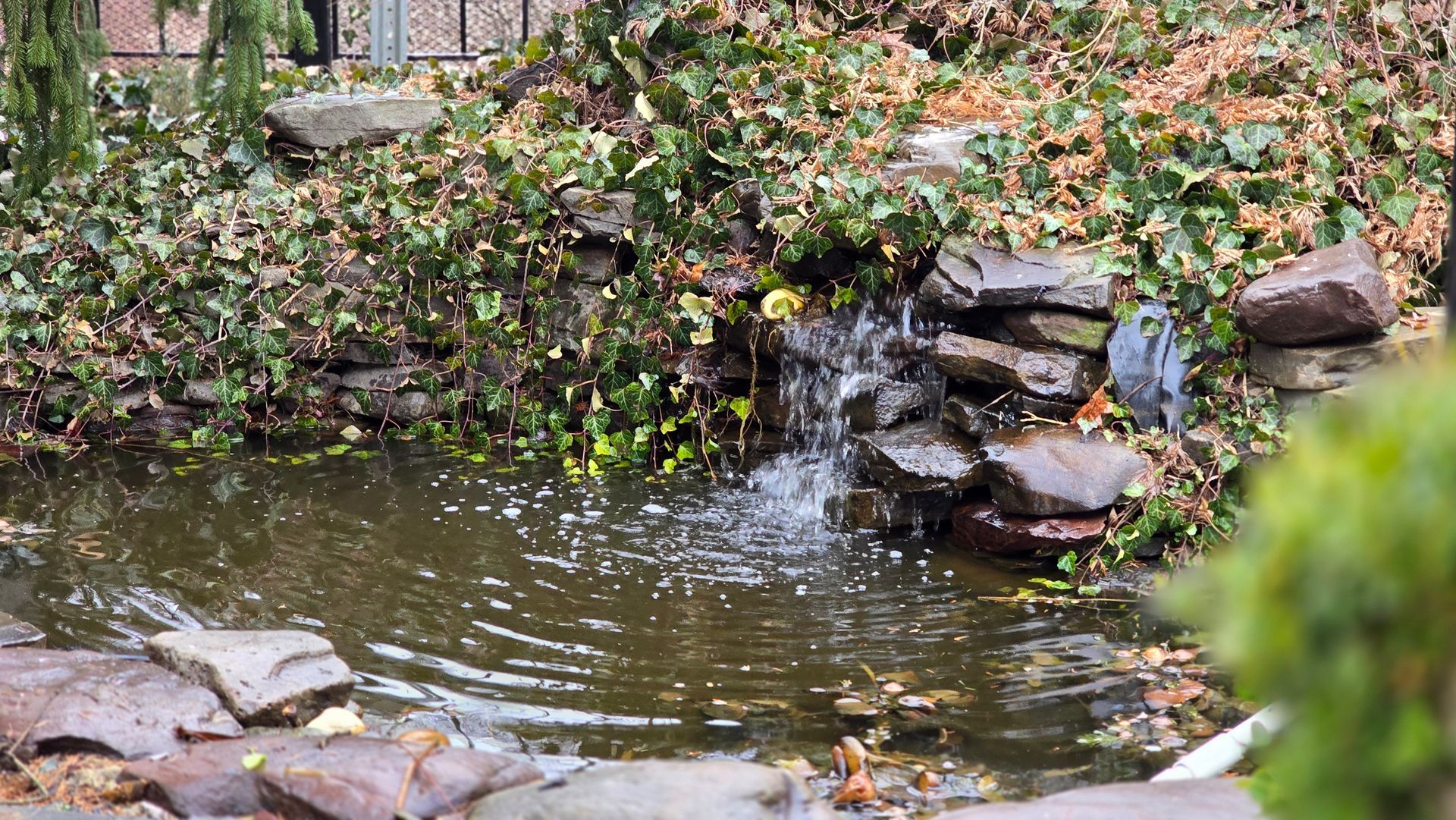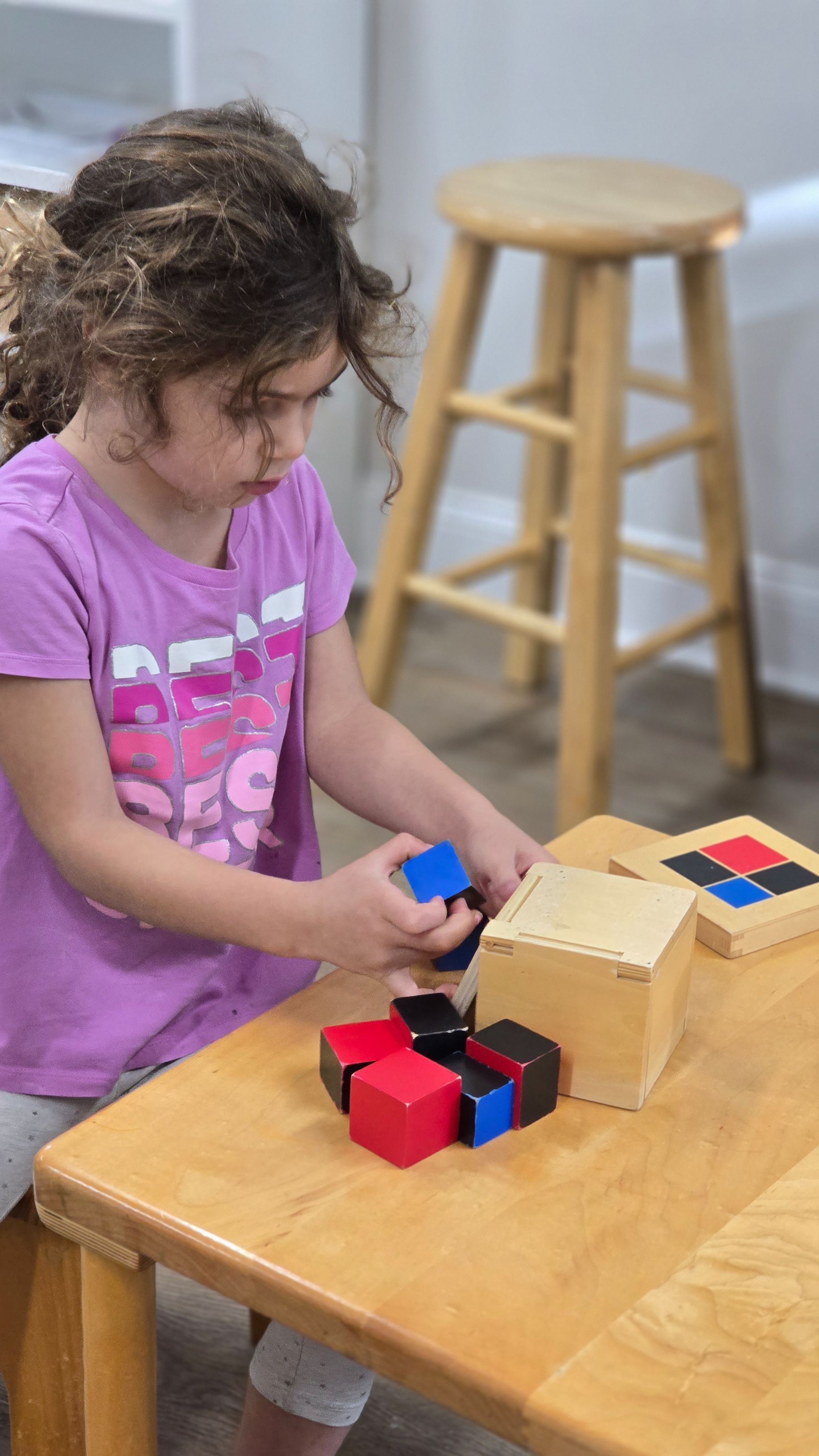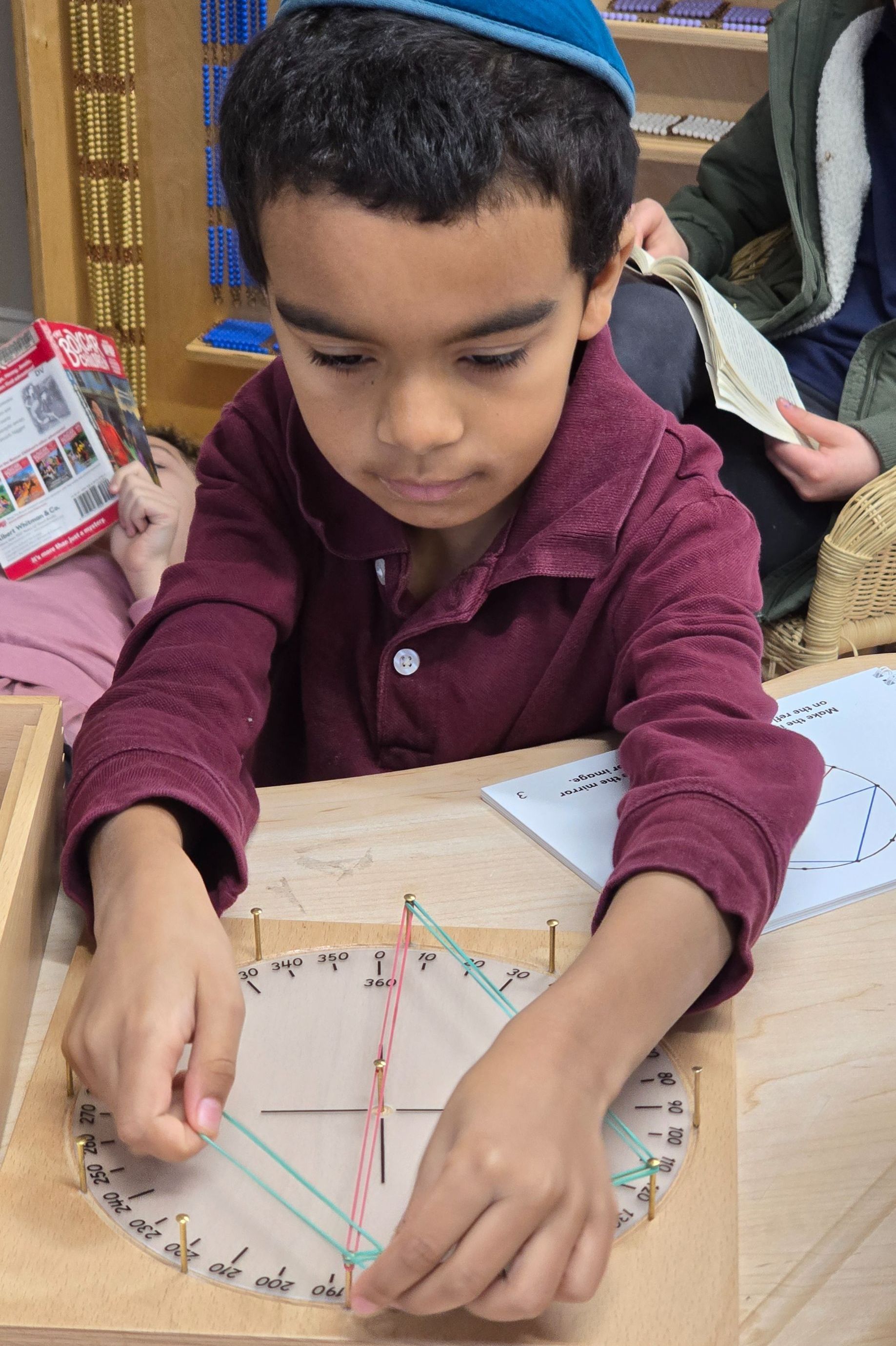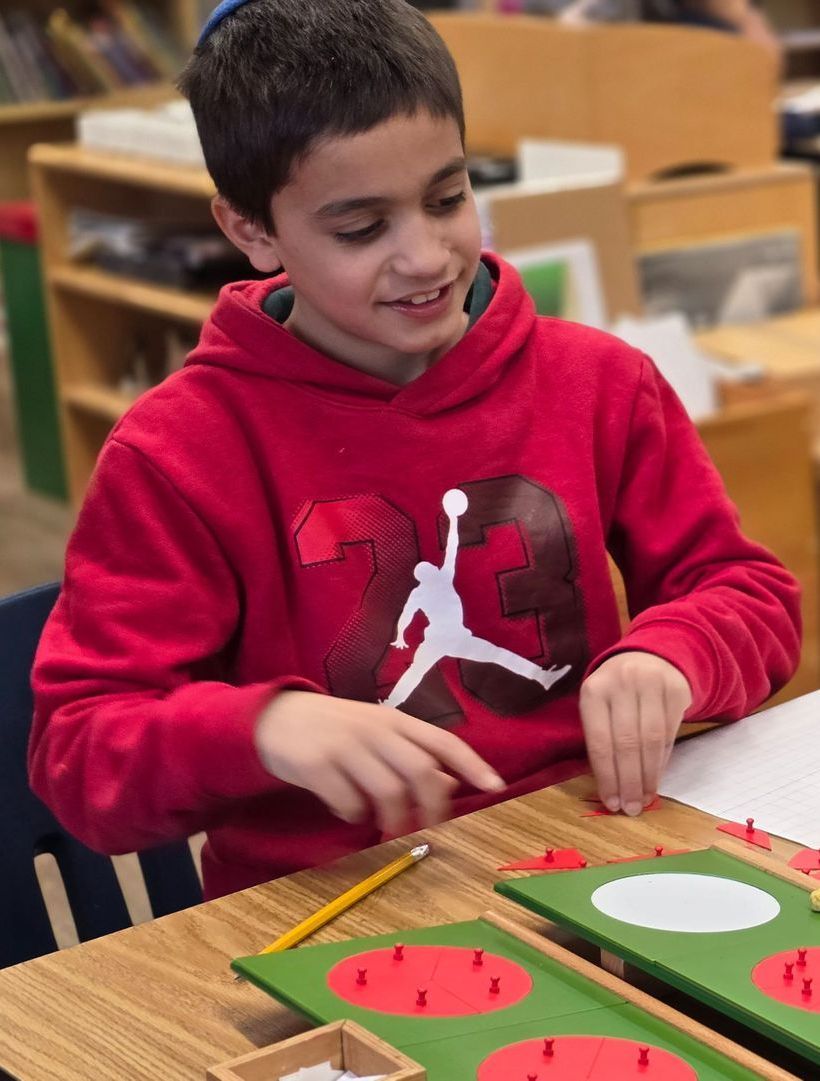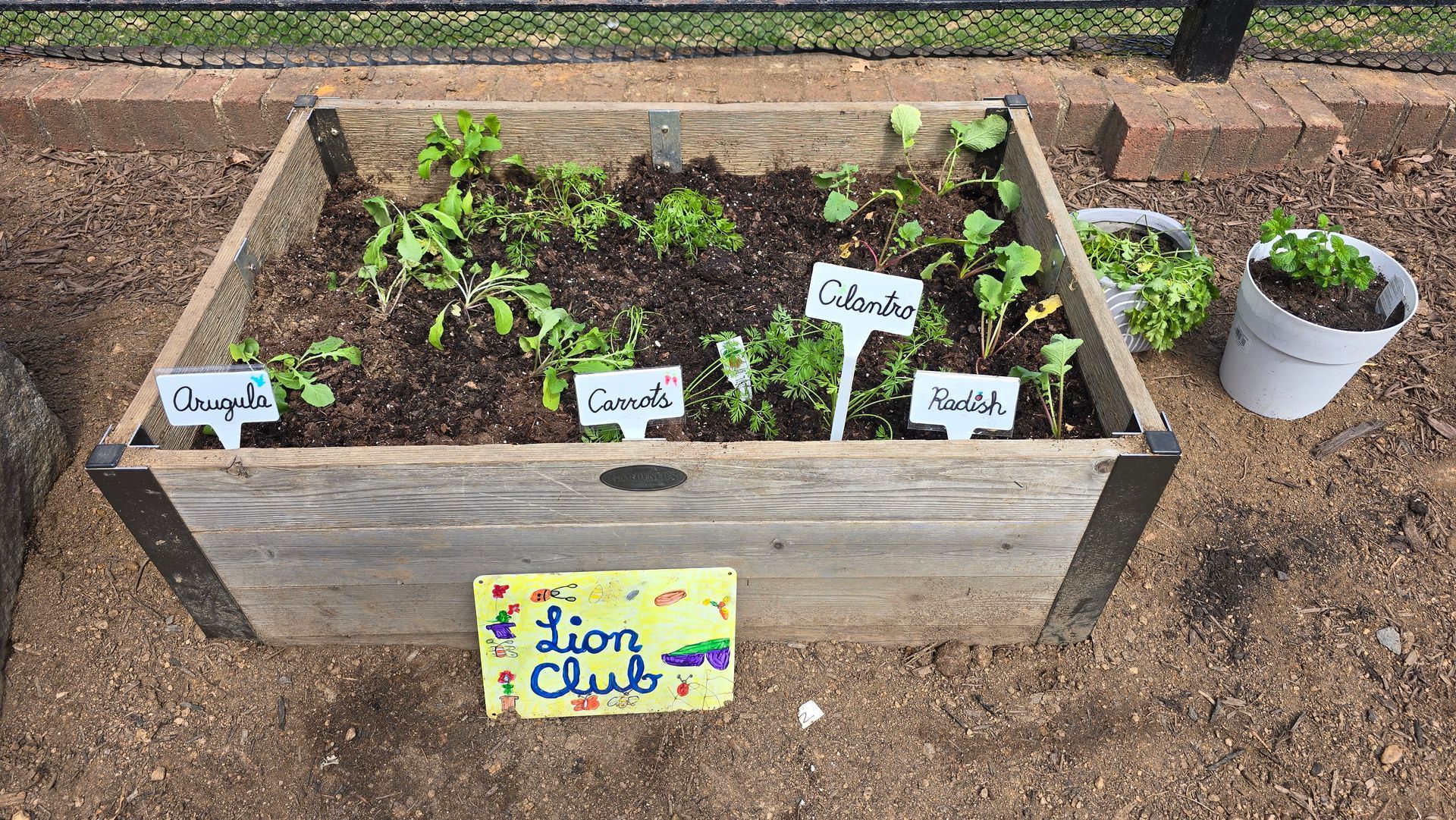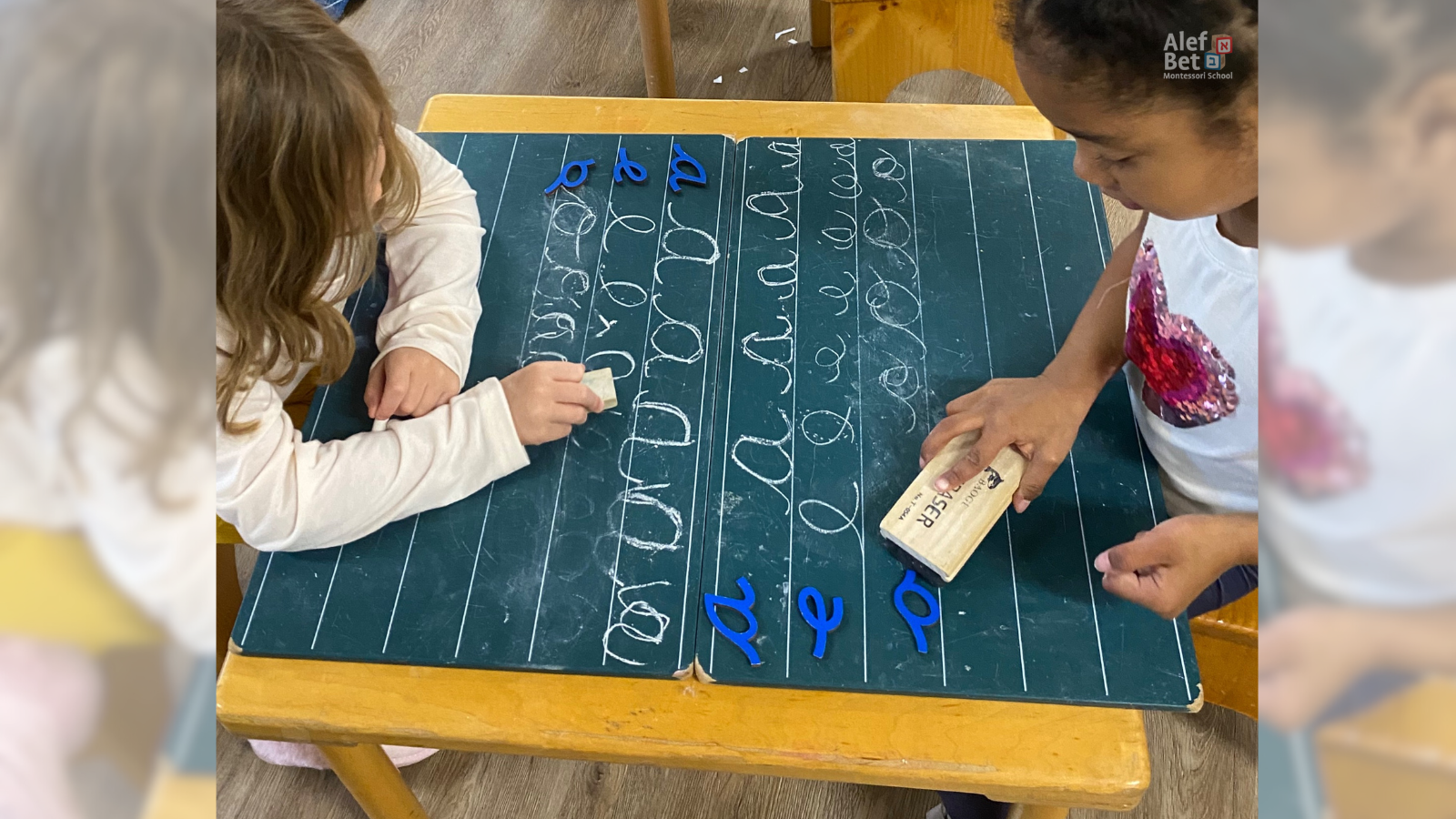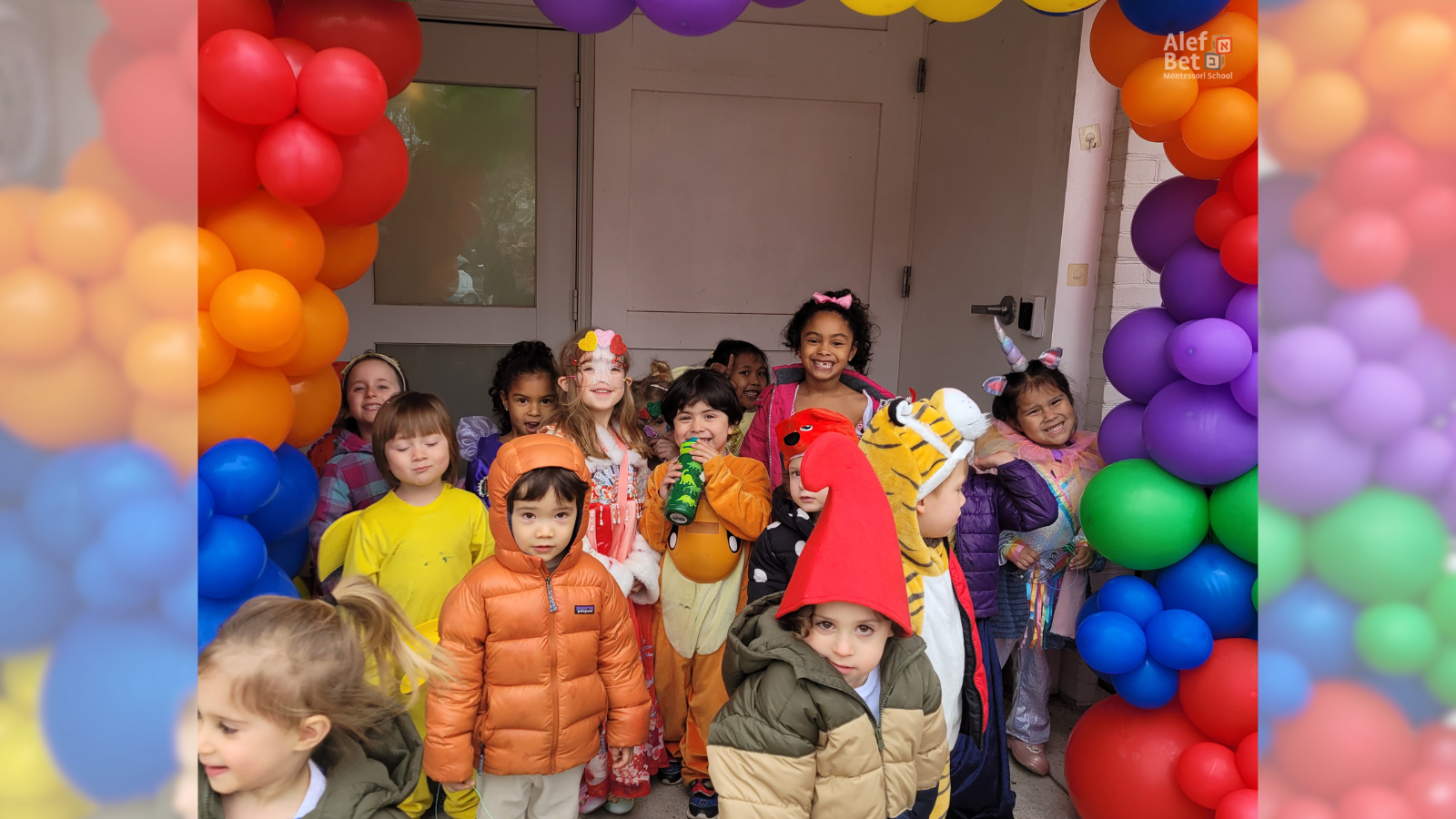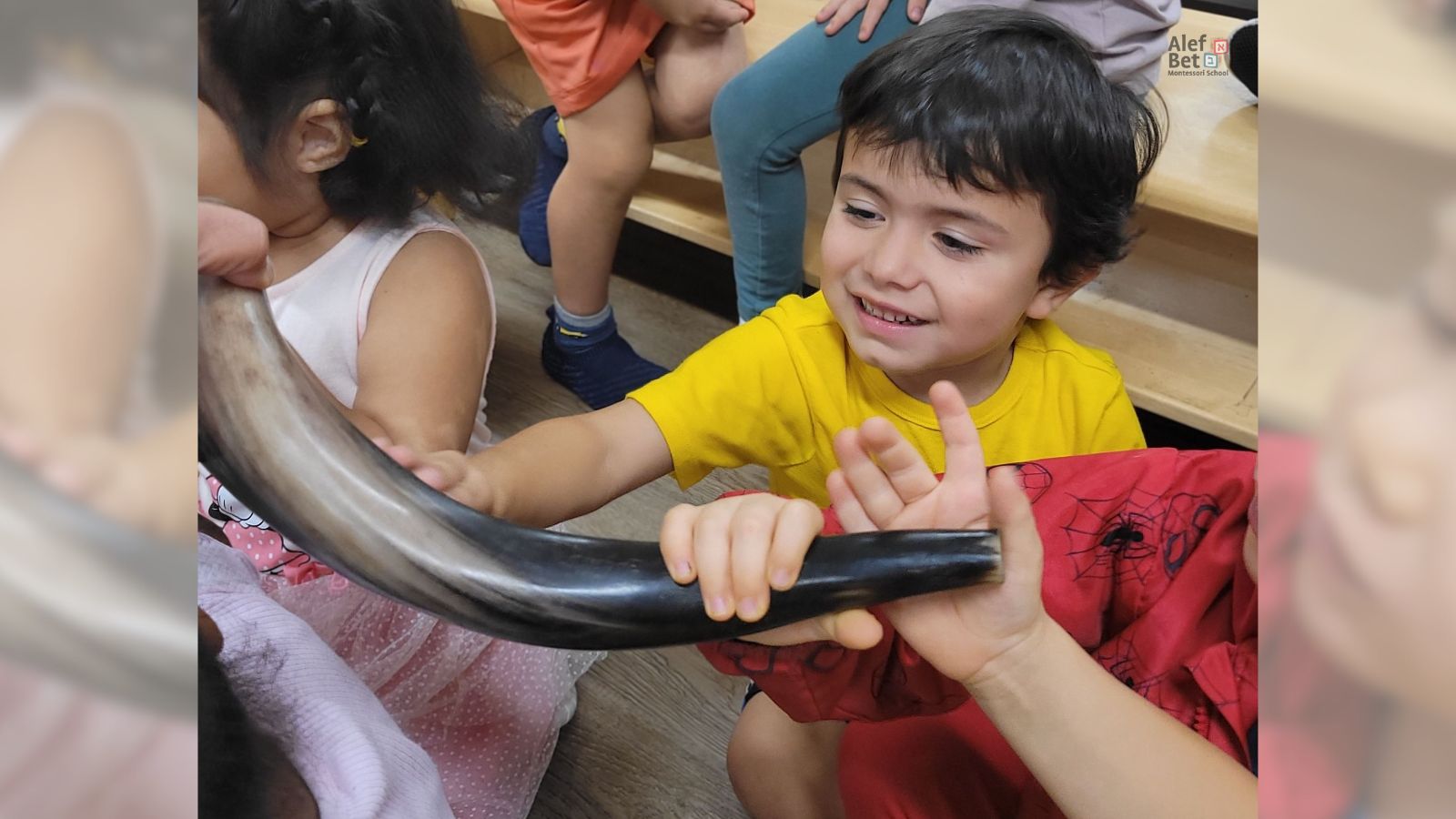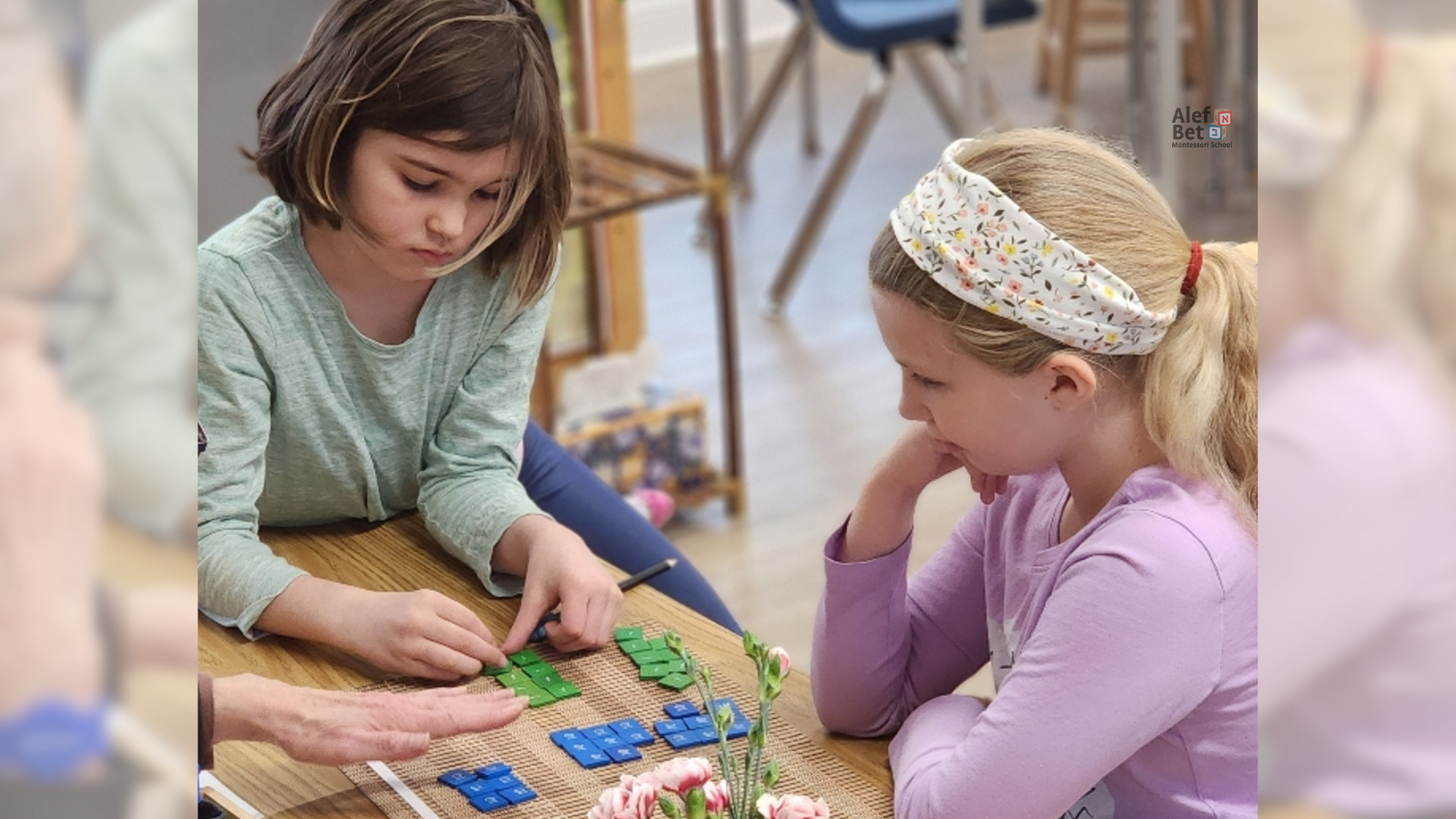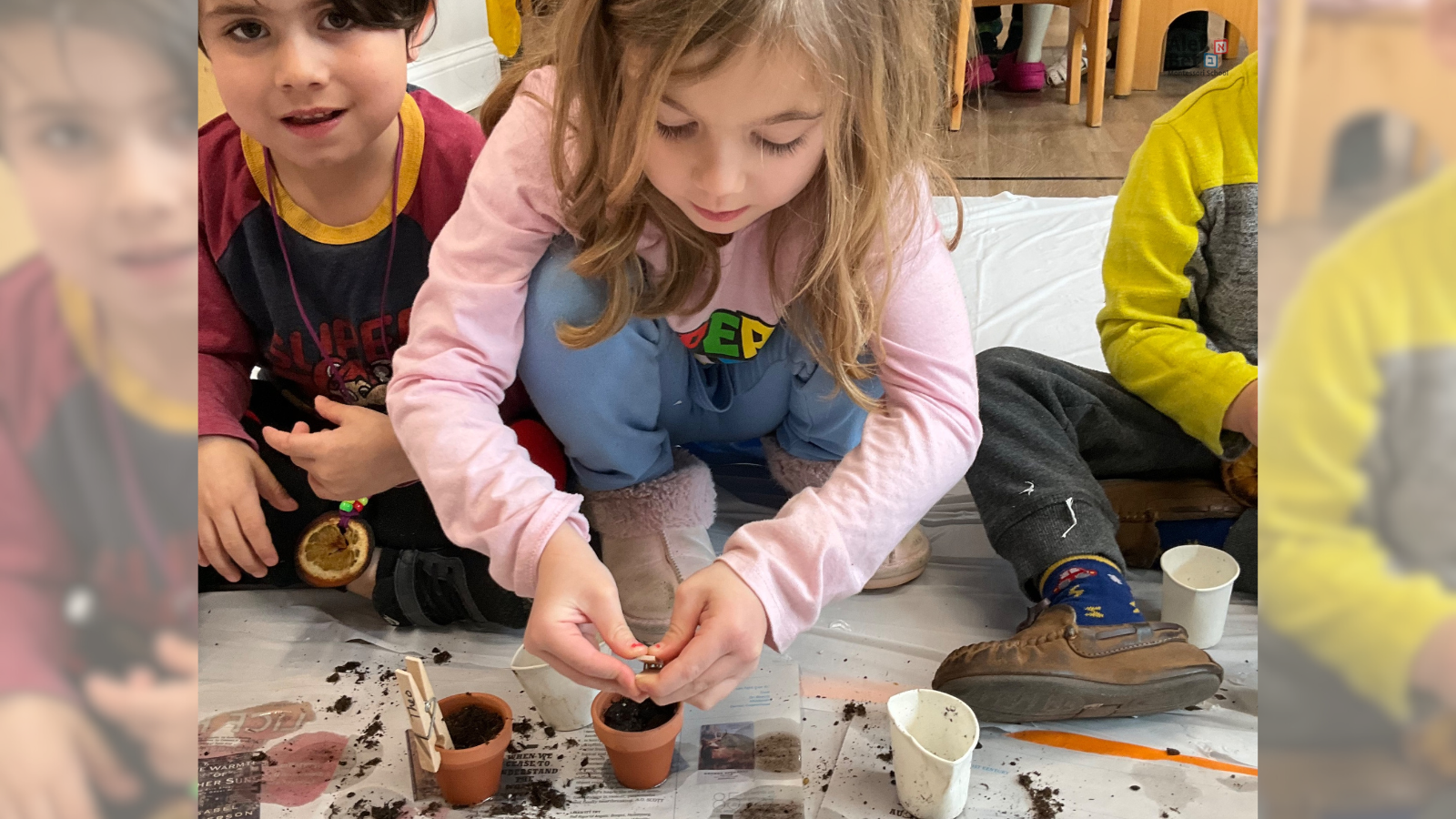Language of Love
Which phrase would you think would have more of an impact on a child?
- “No, you silly, that’s not how we do it”
- “That’s helpful, let me show you how we do it”
That was easy. Of course most of us would say that both phrases have the potential to impact the child. The first reply dismisses his/her answer completely and proves the child “wrong.” In contrast, the second phrase acknowledges the child’s attempt in a positive way and builds on it.
It reminds me of the scene in the Disney film Jungle Book, where Baloo, the Jungle bear, wants to teach Mogli a lesson. Baloo, trying to show Mogli basic jungle survival techniques, twirls Mogli around and throws him flying in the air, causing him to land on a log. Bagira, the Jungle tiger, observing the lesson asks the bear: “After you know your students senseless, how do you expect him to learn the lesson?”
The words we use with our children can build thor confidence or shatter their self esteem. Saying “no”, and adding “You silly" certainly isn’t helpful. It is critically important to be a ware of the messages we convey in the language we use; Montessori educators will go one step further to say, when you say “No, No” as a response to a child’s action, you are achieving the negative result of low self esteem.
Certainly, if your child lets go of your hand and runs into the street, you most certainly should be shouting “NO.” But unless it is a dangerous or life threatening situation, there are positive ways to reinforce discipline and teach a lesson.
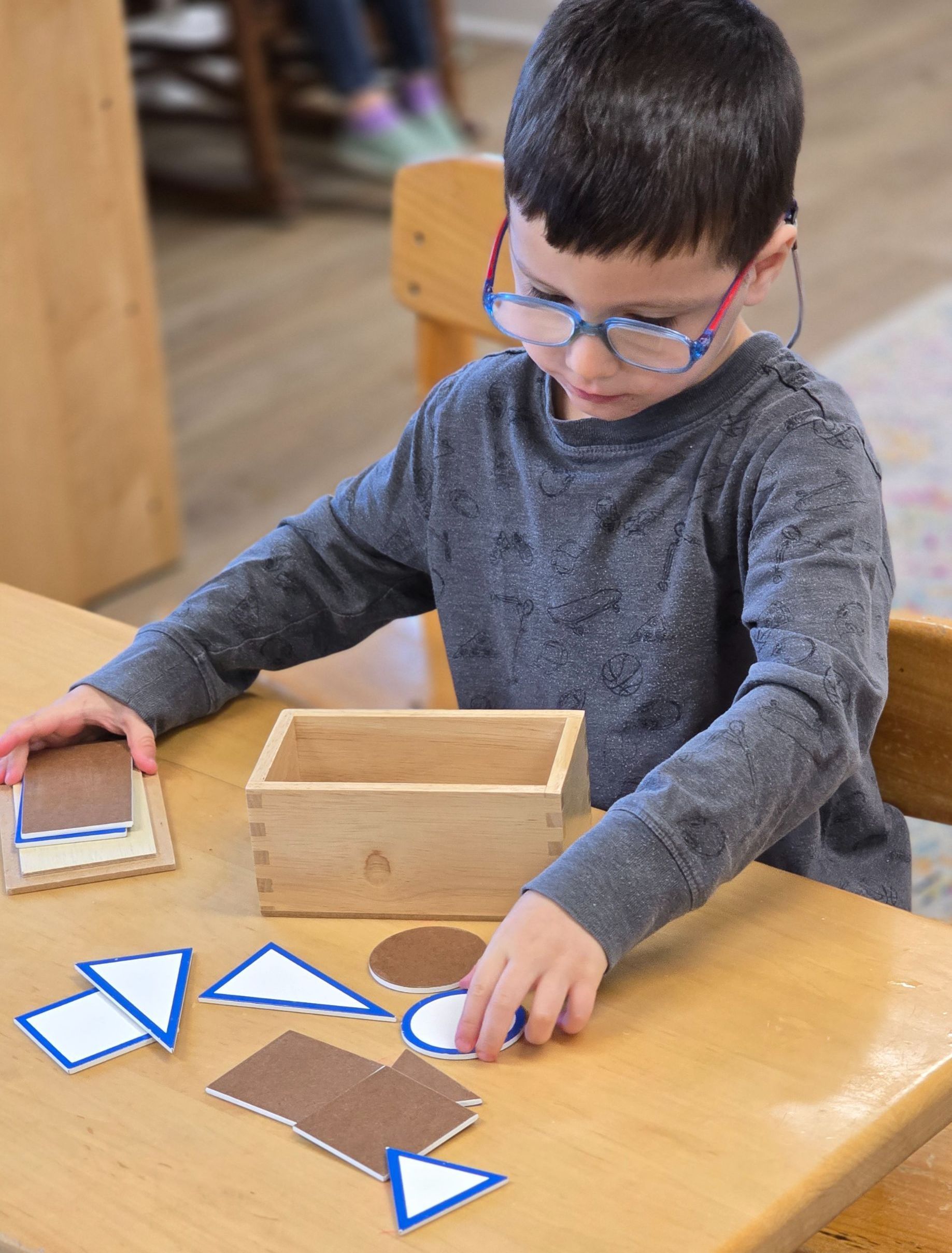
Conventional discipline focuses on teaching children “what not to do or what to do because someone else ‘said so’,” argues Jane Nelsen in her book Positive Discipline.
“Positive Discipline focuses on teaching children what to do, because they have been invited to think through the situation and use some basic guidelines to find solutions.”
Dr. Nelson argues, and we agree, that focusing on solutions “creates a very different family and classroom atmosphere from focusing on punishment.” A three year old child might hit another child because he is looking for the other child’s attention, but doesn’t know how to achieve it, or simply does not understand the power of his/her hands. Saying “No” is not going to help. However, guiding the child’s hand, while holding his/her arm, stroking your own arm while showing him/her how to use the arm gently, saying “gently” helps the child understand the power of his/her hand. Dr. Nelson argues further, that focusing on the solution is even better than focusing on logical consequences.
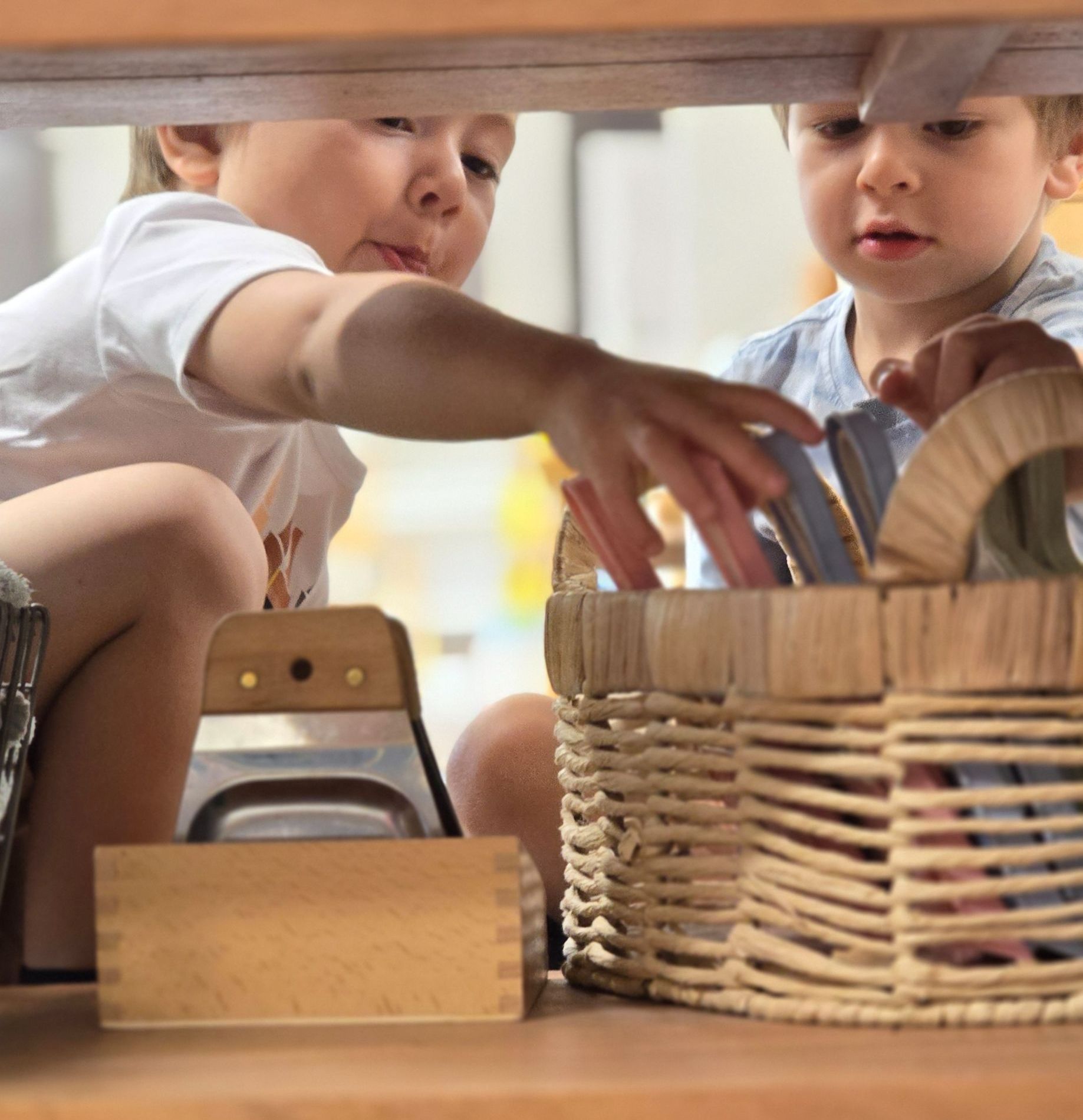
She tells the story of students during a 5th grade class meeting, who were asked to brainstorm logical consequences for two students who didn’t hear the recess bell and were late for class. The children wrote a list of consequences:
- Make them write their names on the board.
- Make them stay after school the same number of minutes they were late.
- Take away from tomorrow’s recess the same number of minutes they were late today.
- Take away all of tomorrow’s recess.
- Yell at them.
The students were then asked to forget about consequences and brainstorm for solutions that would help the late students get to class on time. Here is the list they found:
- Everyone should yell together, “Bell!”
- The students could play closer to the bell
- The students could watch others to see when they are going in
- Adjust the bell so it is louder
- The students could choose a buddy to remind them that it is time to come in
- Someone could tap the students on the shoulder when the bell rings
The difference between the two lists is profound. Punishment v. Helping to do better. Designed to Hurt. vs Designed to Help. This is a clear example of seeing a problem as an opportunity for learning.
Dr. Nelson has gathered timeless principles for understanding of, and resources for, raising children. These are guidelines for parents who wish to help children develop self-discipline, responsibility, and positive capability and attitudes.
Words can build and words can ruin. Using kind words to redirect a child can make a whole difference in the child’s world. “The language we use in maintaining appropriate limits and boundaries with our children reflect our thoughts and attitudes as parents in relationship with our children. When we are mindful of our language and choose our words with intention, we can…improve our relationship with our children” says Donna Bryant Goertz, Founder of Austin Montessori School. The same is true for the language we use with our spouse, for that matter. Goertz draws on her thirty years of experience guiding a community of 35 six-to-nine year olds.
“The language we use has its roots in our ways of thinking and being,” she adds. We believe that education is the most powerful tool we can use to change the world. We can teach the language of love, and make it part of our thinking and being.


